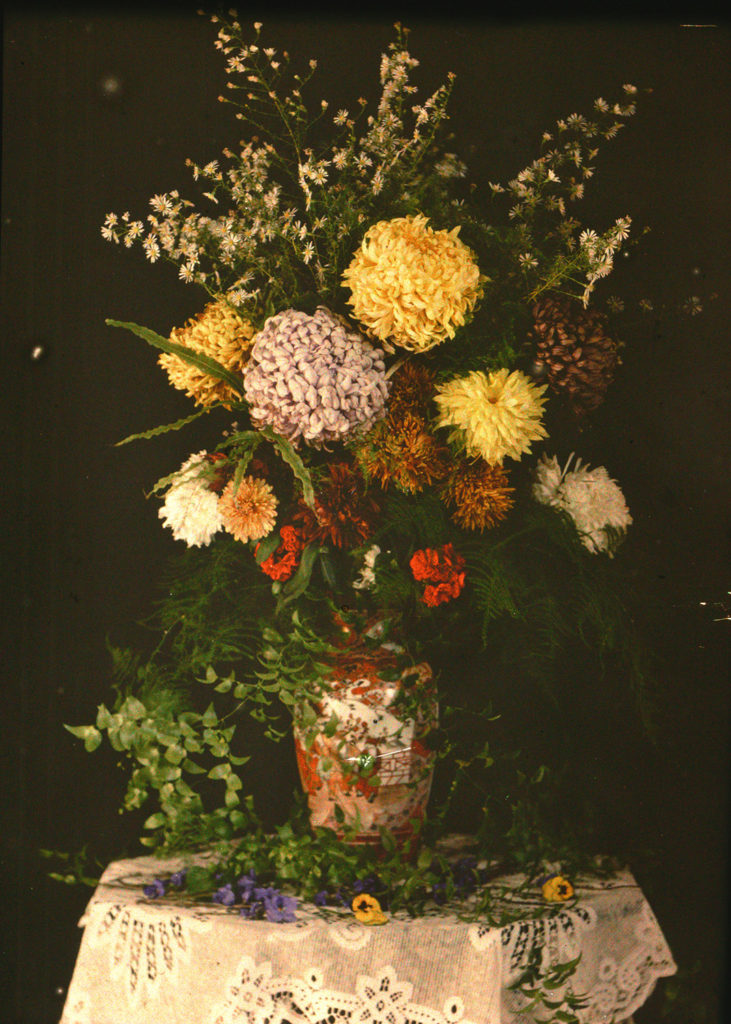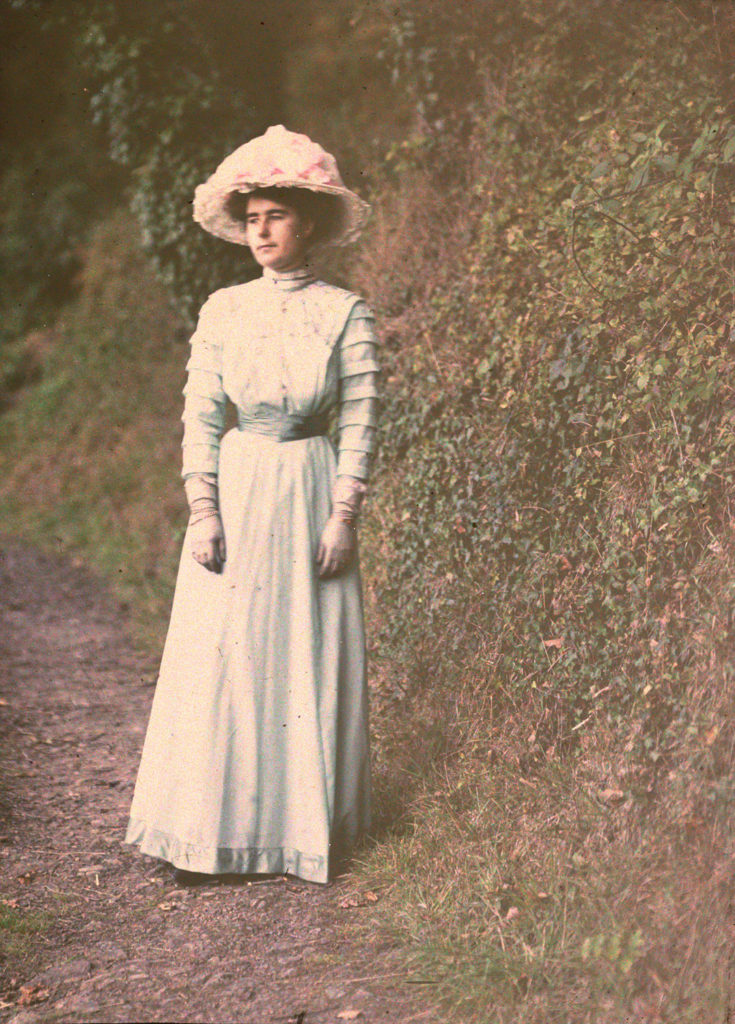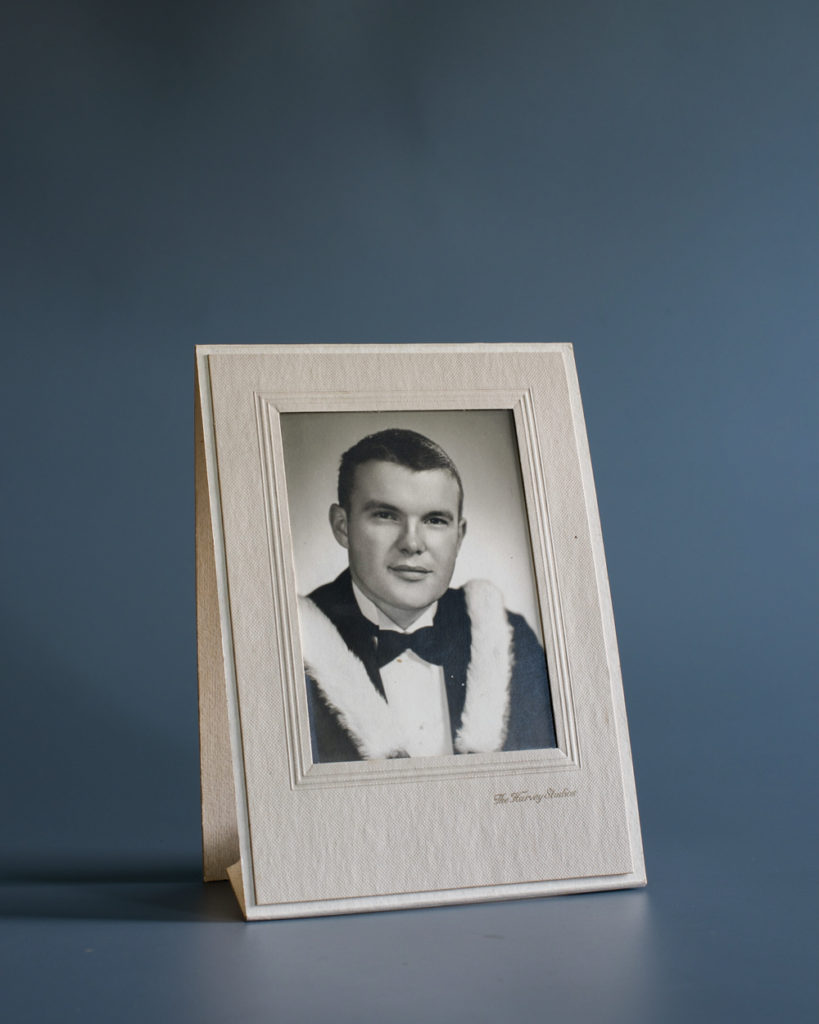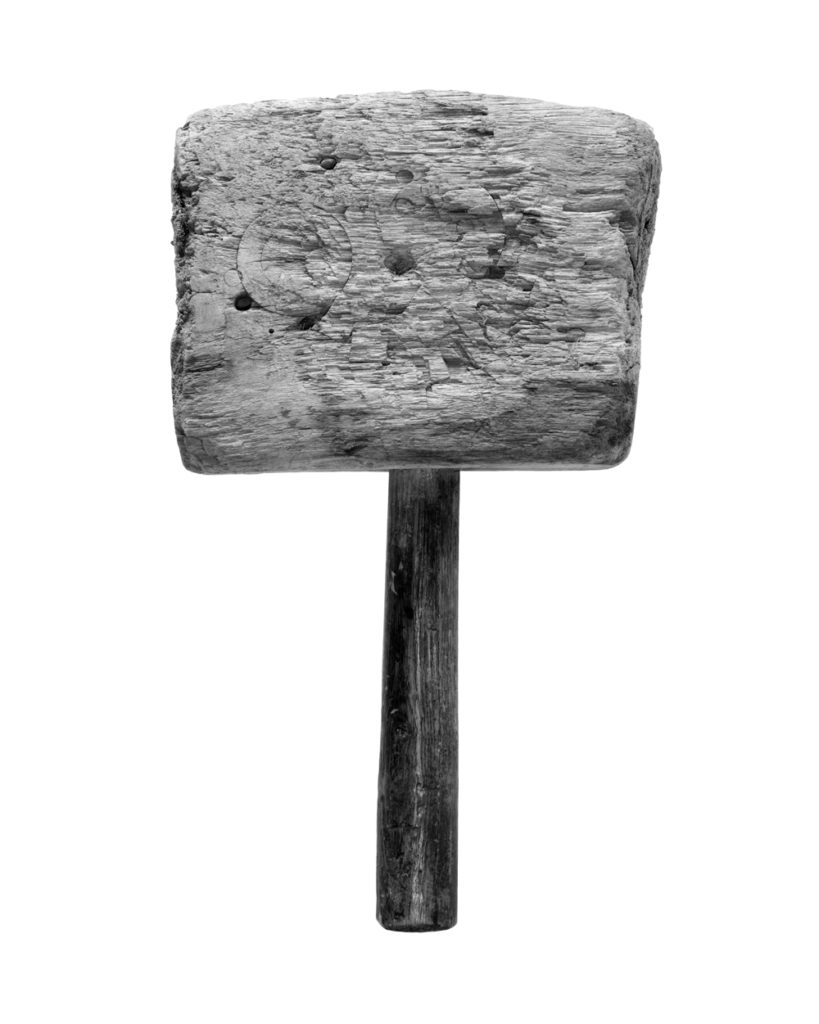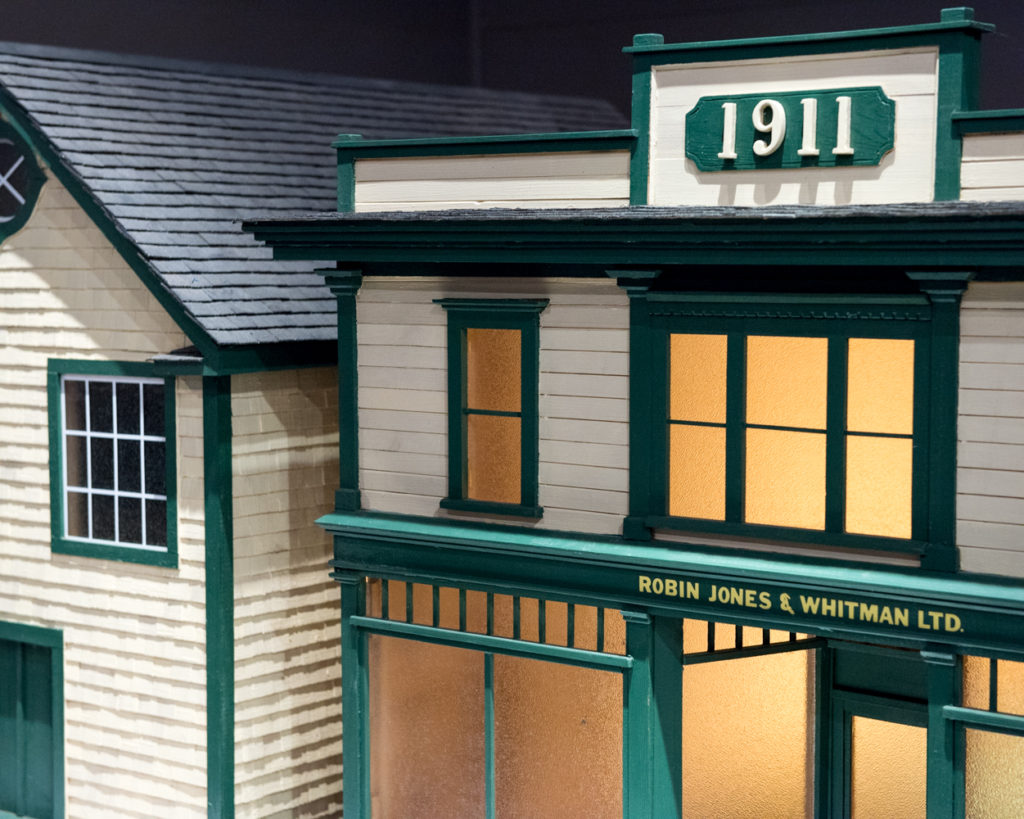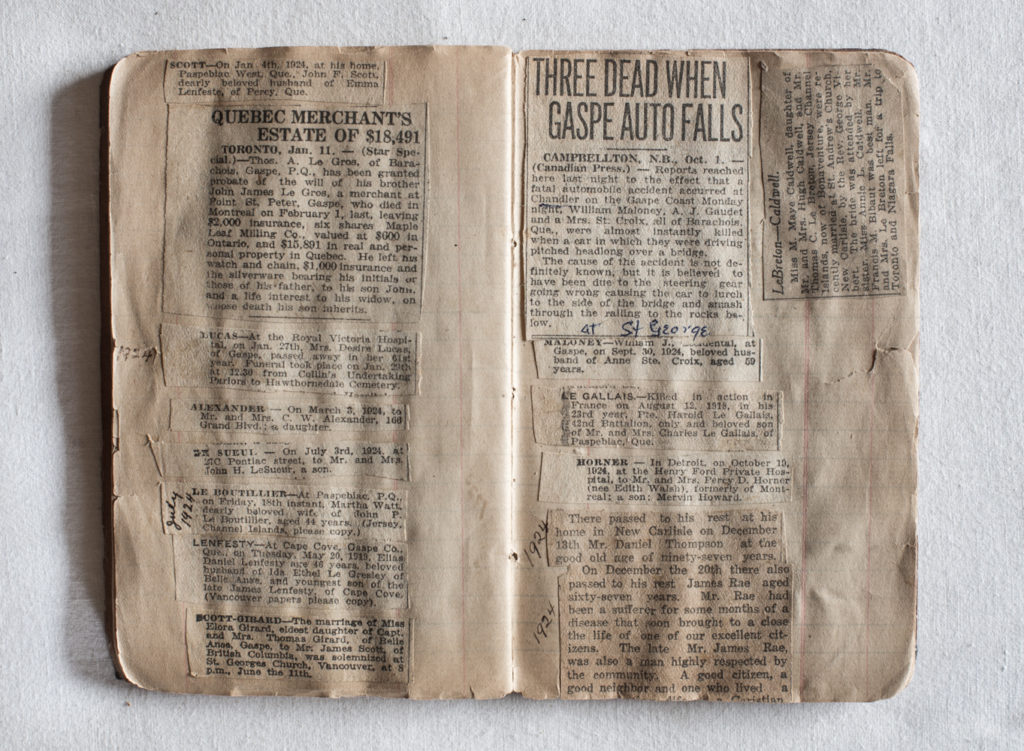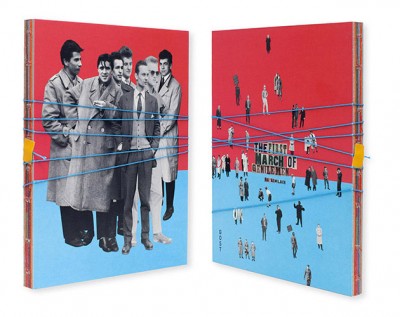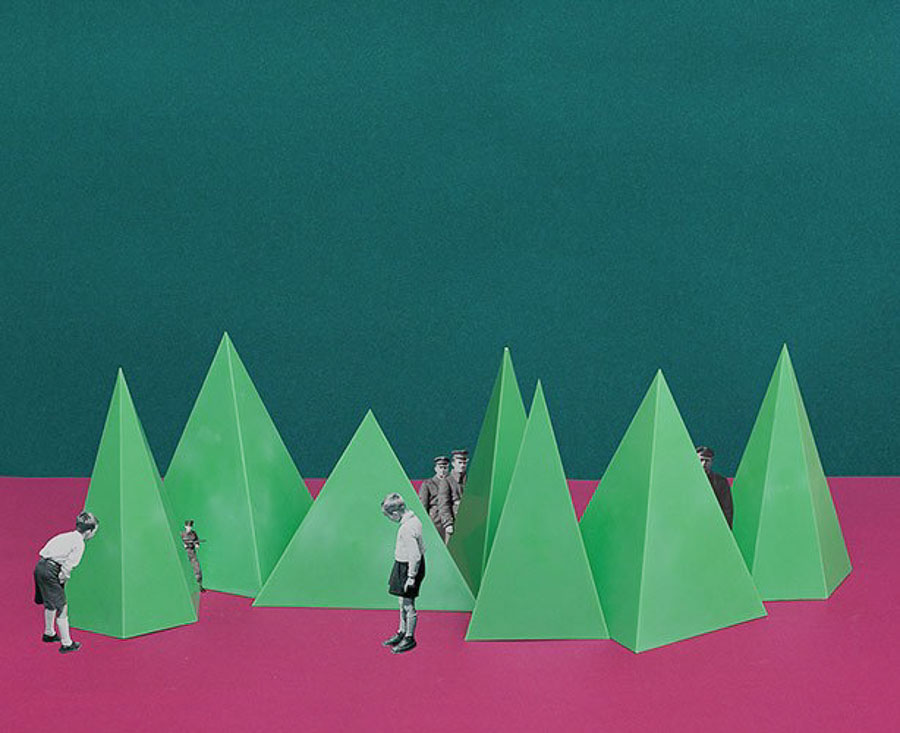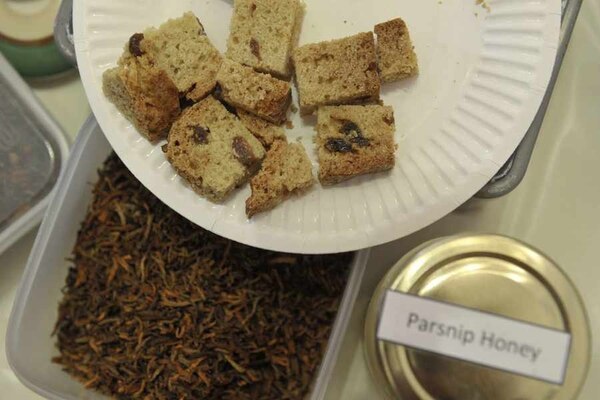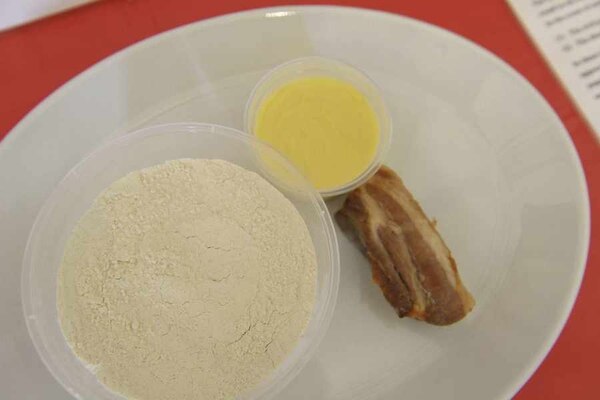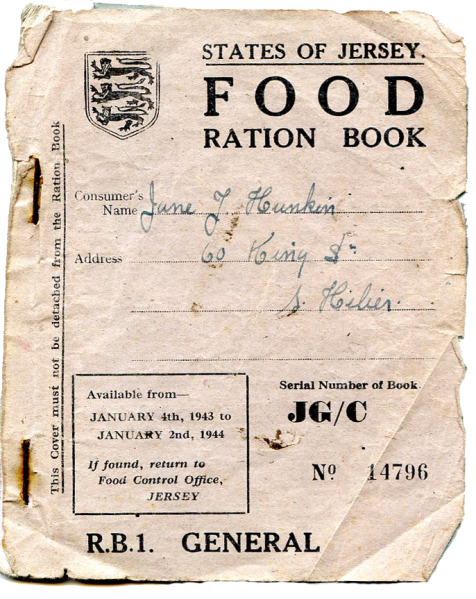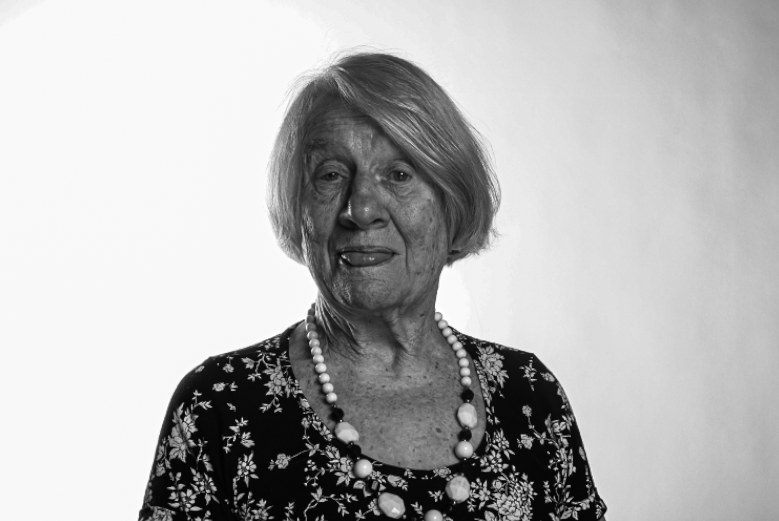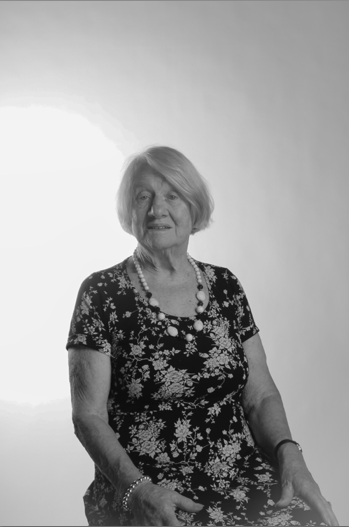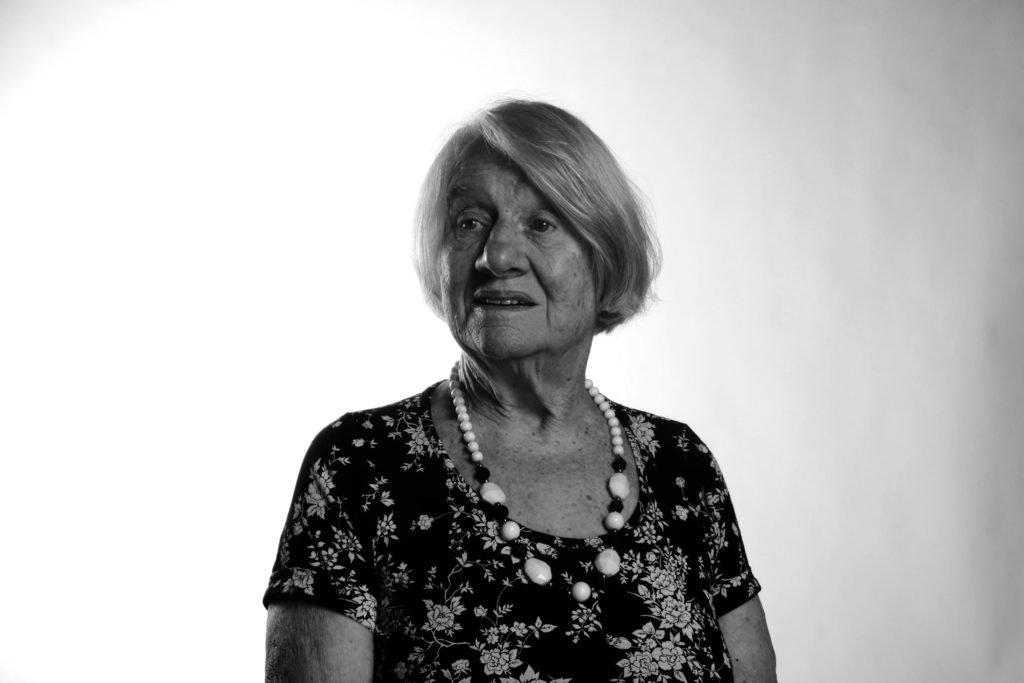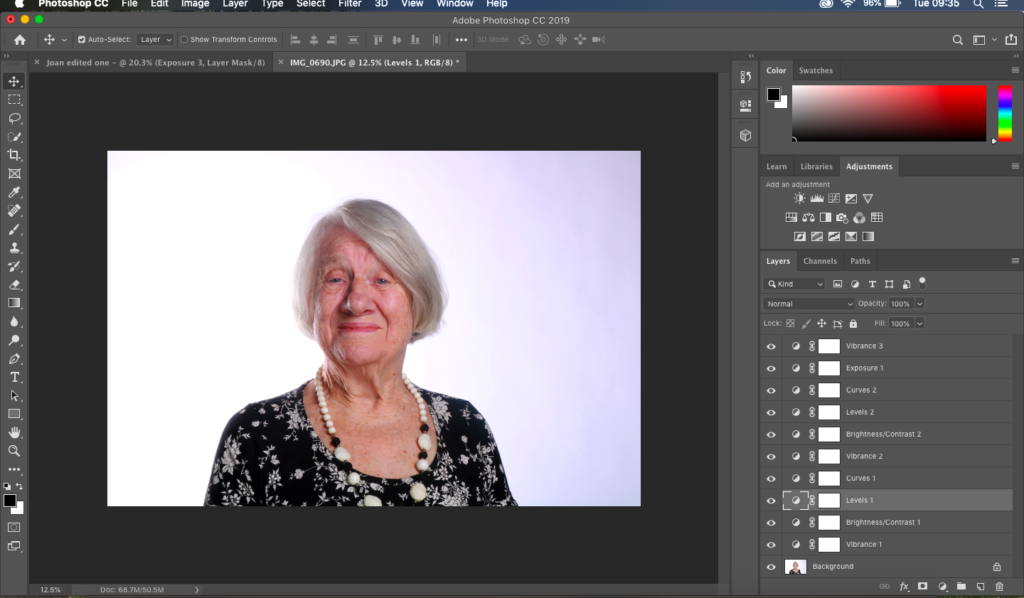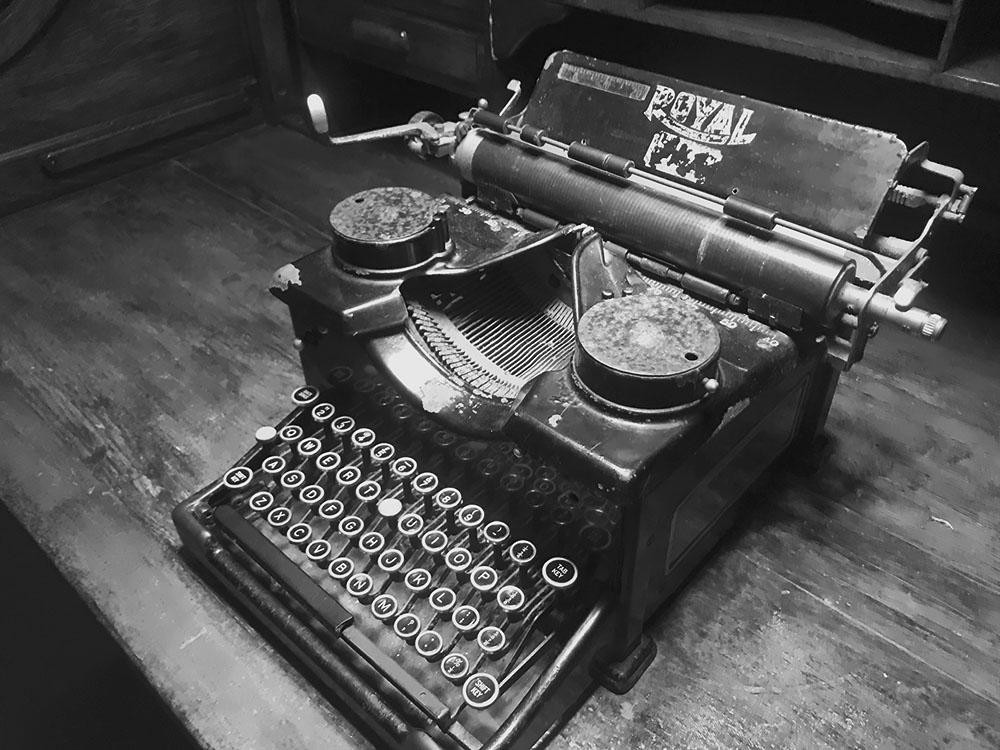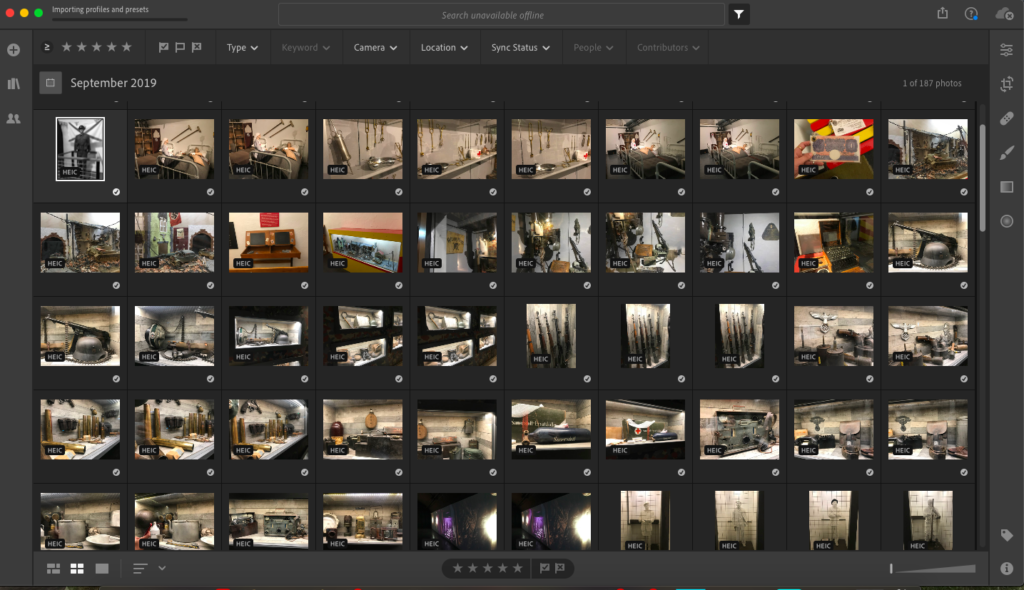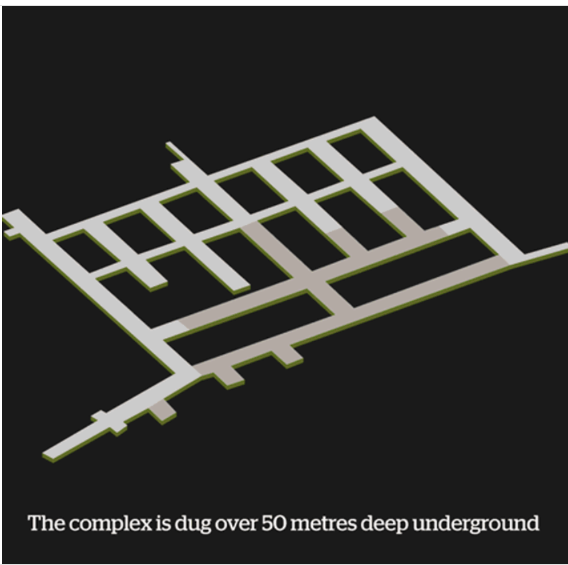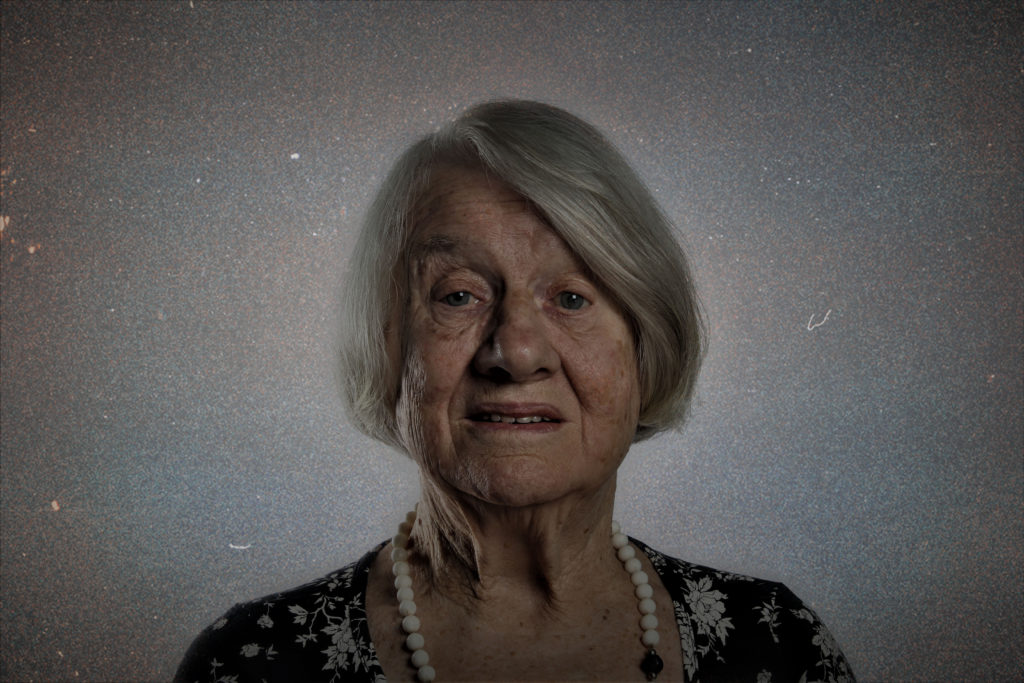For the remaining 4 weeks before half-term we will be photographing everyday objects from the years of Occupation in Jersey in 1940-45 held in the Jersey Heritage collection. This practical task will help you develop lighting and camera skills in the studio.
Here is a PLANNER for a full overview of what you are required to do in the next 4 weeks. You are required to self-monitor your progress and will be asked to upload Tracking-Sheet with an update on a weekly basis to your blog.

Here you can listen to the stories behind some of the objects presented by Ashlea Tracey from BBC Radio Jersey
However, before we begin this task we need to learn about how still-life emerged as an independent genre, in particularly during the early 1600s Dutch and Northern European paintings. Many of the objects depicted in these early works are symbolic of religion and morality reflecting on the increasing urbanization of Dutch and Flemish society, which brought with it an emphasis on the home and personal possessions, commerce and trade.
Paintings depicting burnt candles, human skulls, dying flowers, fruits and vegetables, broken chalices, jewelry, crowns, watches, mirrors, bottles, glasses, vases etc are symbolic of the transience and brevity of human life, power, beauty and wealth, as well as of the insignificance of all material things and achievements.
Read here for more details about the different categories within still-life paintings such as Fruits, Flowers, Breakfast pieces, Trompe L’Oeil and Vanitas.

Vanistas 
Flowers 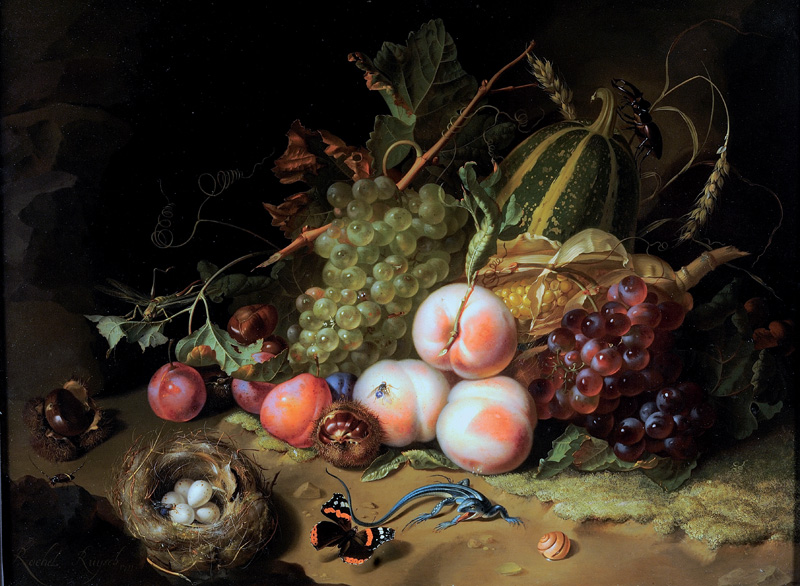
Fruits

Brilliant surfaces of metalwork and glass reflect lush fruits and a lobster in this still life. Heavily laden tables like this one, boasting both foodstuffs and imported luxuries such as the blue-and-white porcelain bowl from China, typify Dutch still life in the second half of the seventeenth century. Such paintings represent a shift away from the reminders of immortality and vanity in earlier still lifes and toward a wholehearted embrace of earthly pleasures.
Week 5: 30 Sept – 6 Oct
Still-Life: Contextual Studies
Complete the following blog posts
RESEARCH > ANALYSIS
1. Historical context: Describe origin and definition of still life as a genre in history of pictorial practice.
Read texts above and below to gain an overview of how still-life emerged.
https://mymodernmet.com/what-is-still-life-painting-definition/
2. Analysis: Select a key painting and comment on the religious, political and allegorical symbolism of food and objects in terms of wealth, status and power, or the lack of.
Lets take a closer look at the painting, Cookmaid with Still Life of Vegetables and Fruit by British painter Sir Nathaniel Bacon

Listen to curator Tim Batchelor discussing the painting
For further insights into the symbolic meaning of food and objects in still-life paintings, read this text Secret Symbols in Still-Life
3. Emile F. Guiton: Autochromes:The founding father of the Societe Jersiaise Photographic Archive was also a very accomplished photographer who experimented with early colour photography in the beginning of the 20th century. Read this essay by Archivist Patrick Cahill on Guiton’s still-life images of flowers in a vase and other domestic scenes using Autochrome – the first commercially available colour process. Produce a blog post that demonstrates your understanding autochrome and its colour process using Guiton’s images as illustrations.
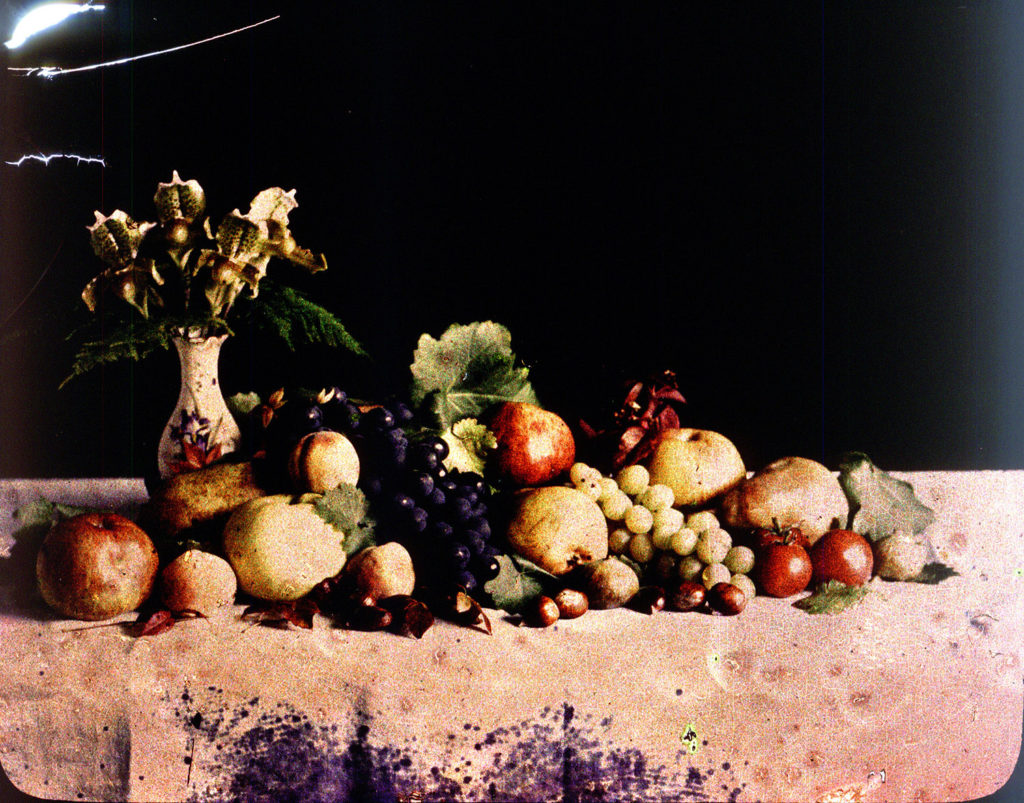
National Science and Media Museum: History of the Autochrome: the Dawn of Colour Photography
4. Contemporary practice: Complete at least one artist reference on how contemporary photographers explore still life and objects in their work. What meaning can we attribute to images of food and everyday objects – consider social, economical and cultural references.
Read and study this article with examples of contemporary interpretations of still life photography

Walker Evans 
Edward Weston 
Irving Penn 
Robert Mapplethorpe 
Irving Penn 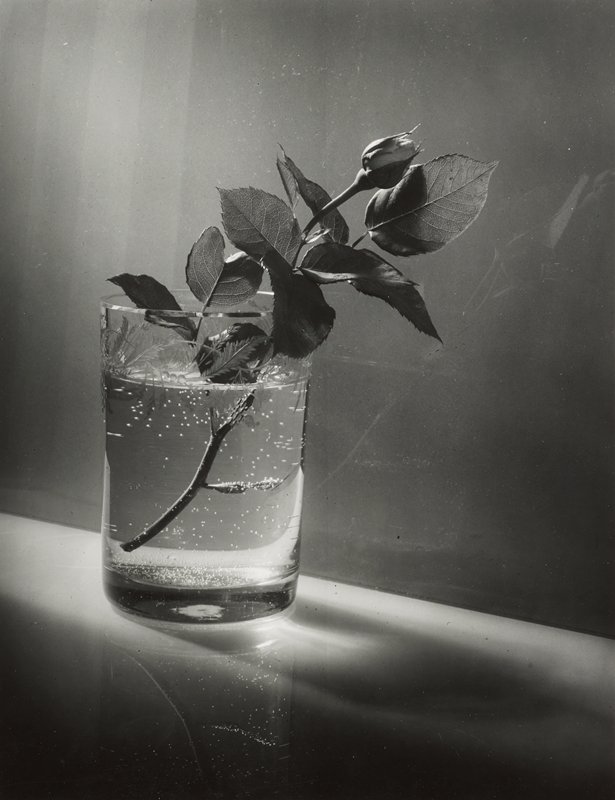
Josef Sudek 
Mitch Epstein 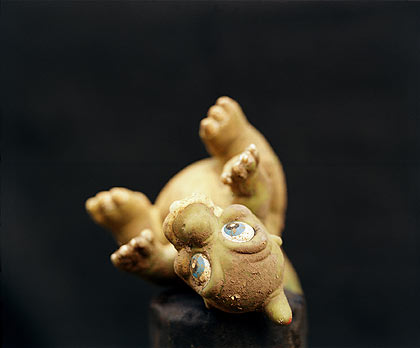
Keith Arnatt 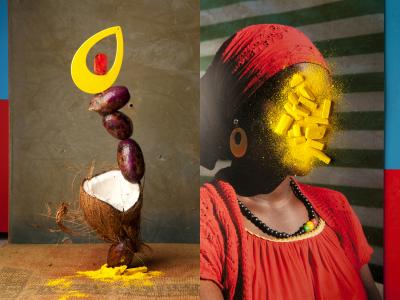
Lorenzo Vitturi 
Keith Arnatt 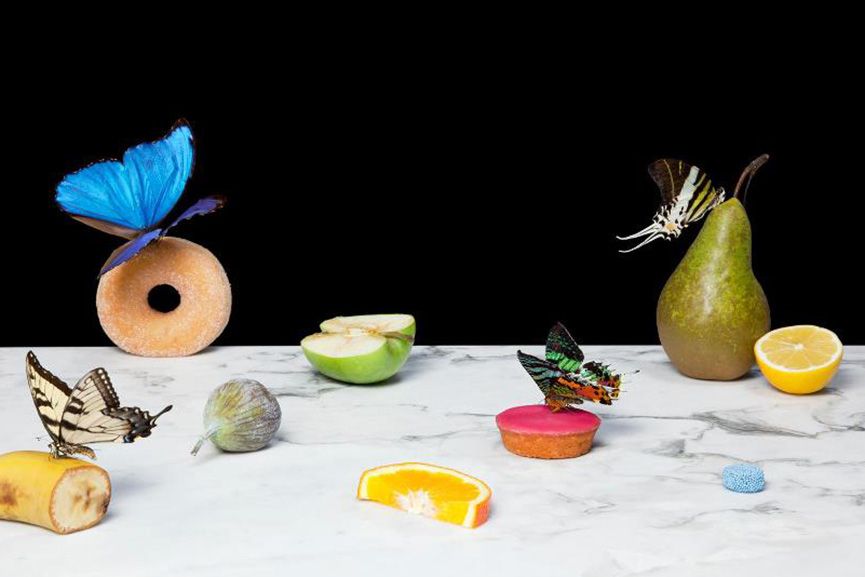
Krista van der Niet 
Laura Letinsky 
Margriet Smulders 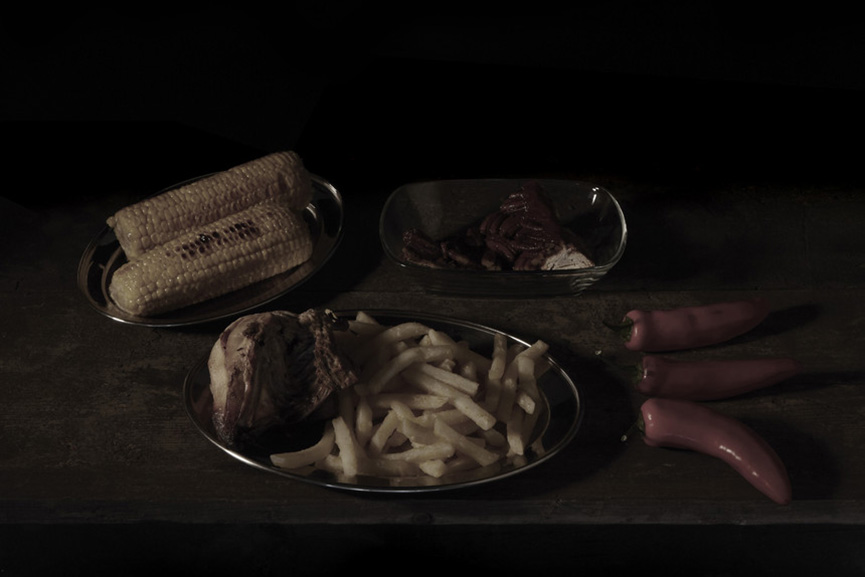
Mat Collishaw 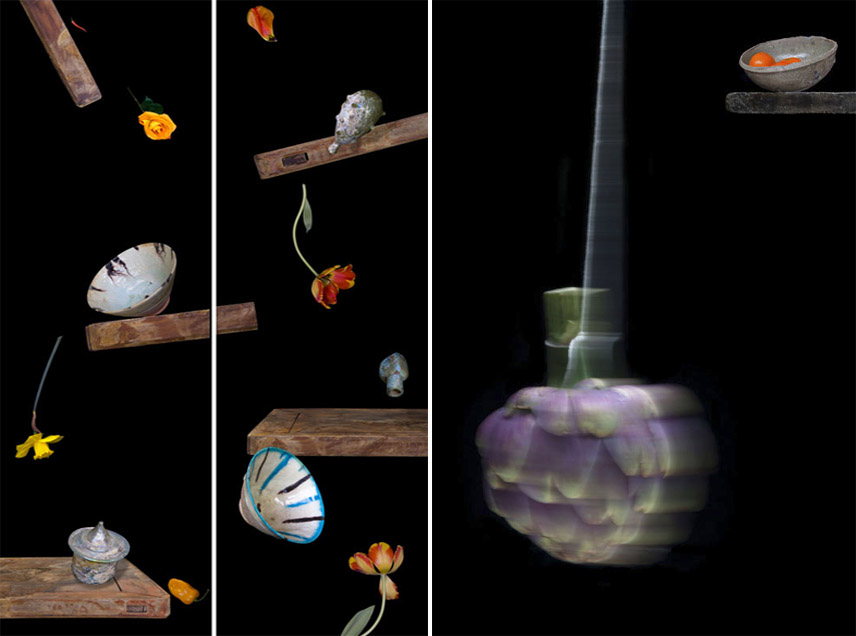
Olivia Parker 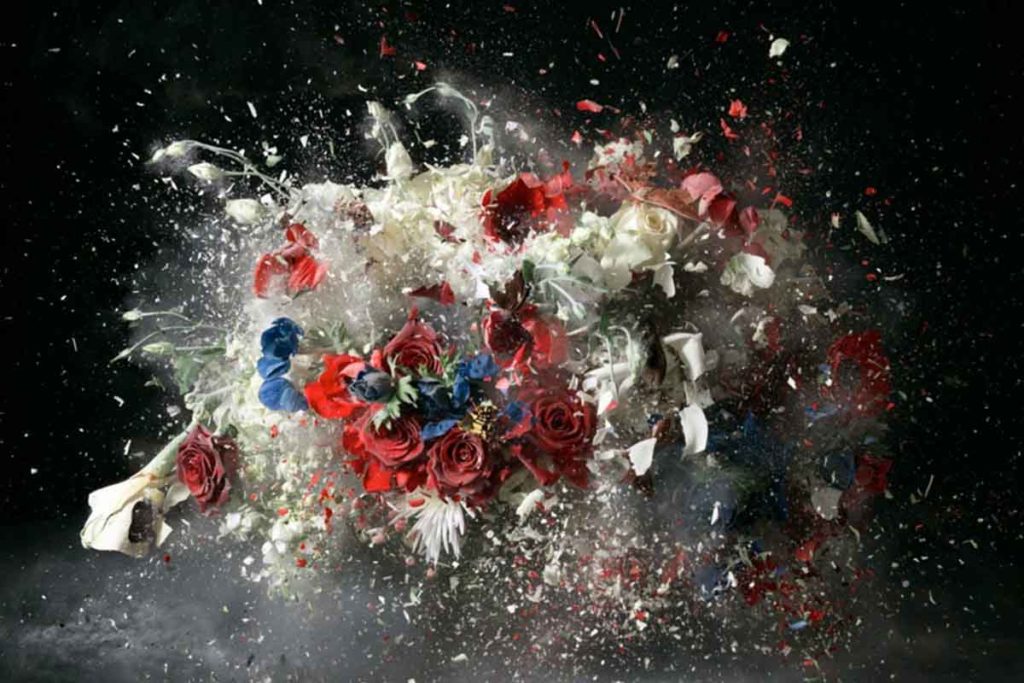
Ori Gersht 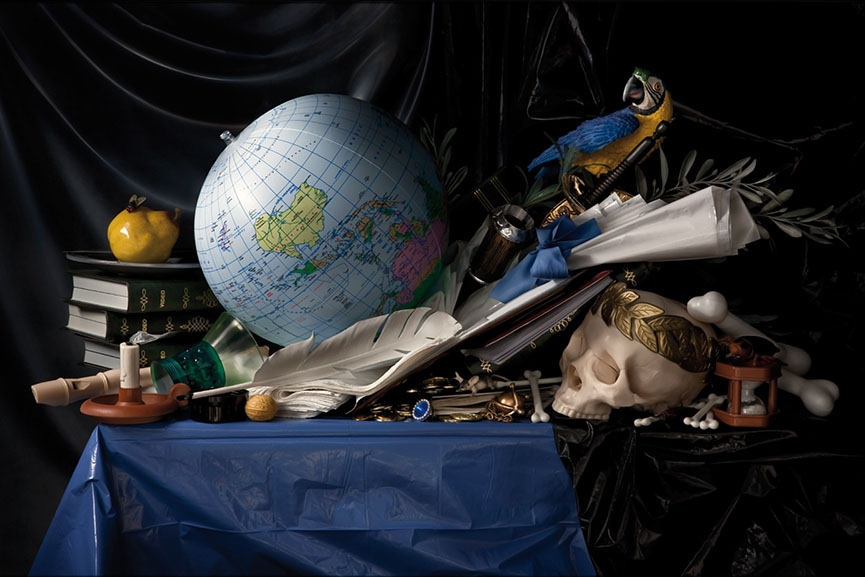
Richard Kuiper 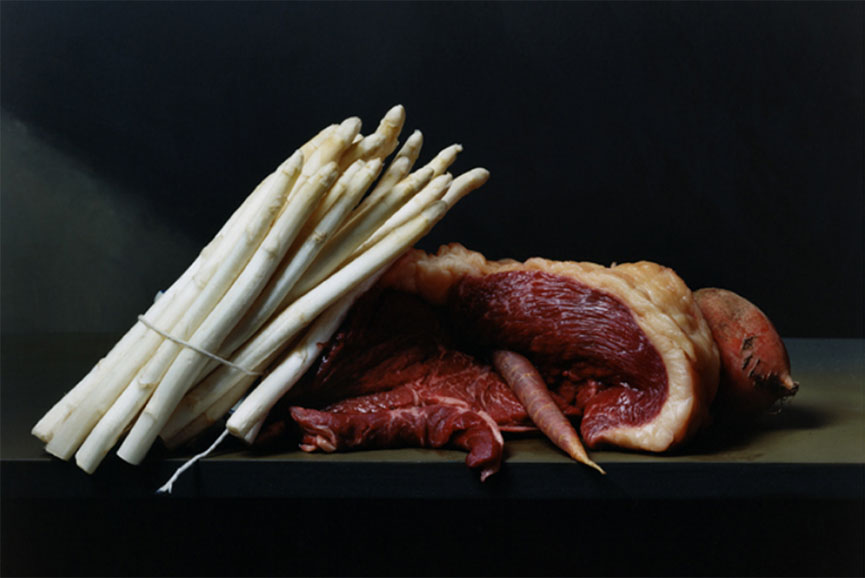
Sharon Core 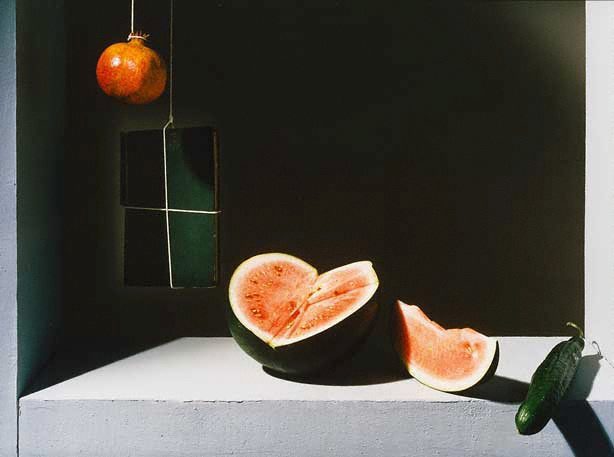
Olivier Richon 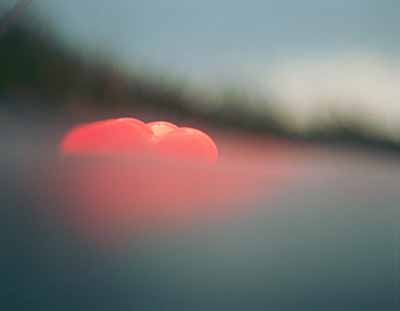
Sian Bonnell 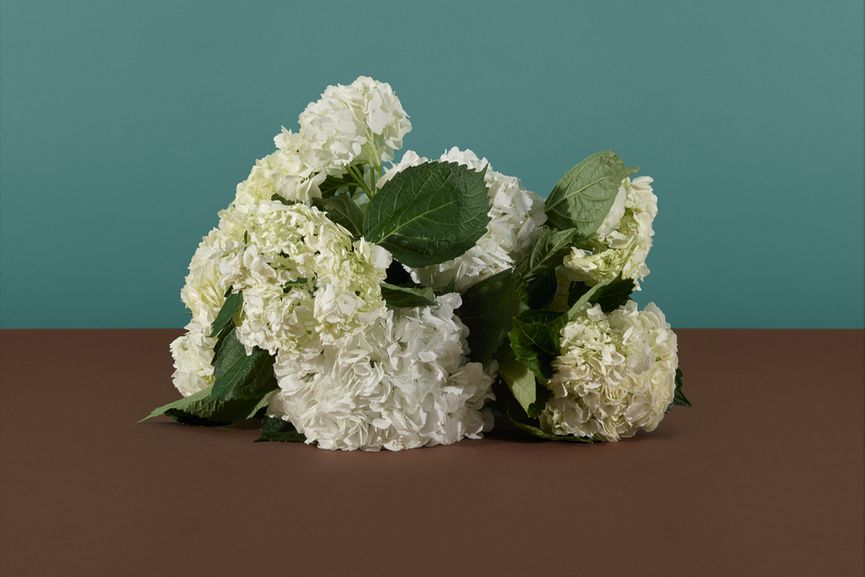
Taryn Simon 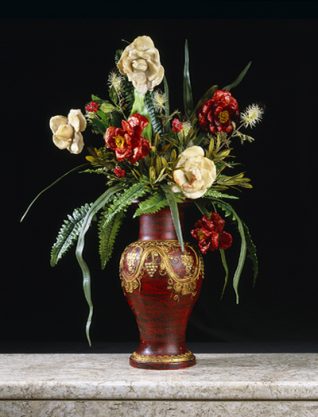
Emma Hamilton 
Gayle Chong Kwan 
Klaus Pichler
Klaus Pichler: One Third
According to a UN study, one third of the world’s food goes to waste – the largest part thereof in the industrialized nations of the global north. Equally, 925 million people around the world are threatened by starvation. The series ‚One Third‘ describes the connection between individual wastage of food and globalized food production. Rotting food, arranged into elaborate still lives, portrays an abstract picture of the wastage of food whilst the accompanying texts take a more in depth look at the roots of this issue. ‚One Third‘ goes past the sell by date in order to document the full dimensions of the global food waste.
Week 6: 7 – 13 Oct
Occupation Objects: Studio-shoots
Complete the following blog posts
1. LIGHTING: Experiment with different lighting set-ups, both continuous lighting (tungsten) and flash lights. Be creative and use special still-life table and its translucent backdrop.
2. RECORDING: Explore different angles, both from above, side and front.
3. EDITING: Upload and process images from photo-shoot using Lightroom and make a rough edit of 8–10 images
4. EXPERIMENTING: Show experimentation with different adjustments/ techniques/ processes in Lightroom/ Photoshop appropriate to intentions. Produce at least 3 different variations of the same still-life with 3 different images.
Extension – Montage experiment: Create a set of 3 montages using your images of objects and combine with cut out figures from the Occupation archives.
For inspiration Look at the images and photobook; The First March of Gentlemen by Polish photographer, Rafal Milach. This body of work is a fictitious narration composed of authentic stories. Historical events related to the town of Września in Poland came to be the starting point for reflection on the protest and disciplinary mechanisms experienced under Communist rule. In the series of collages, the reality of the 1950s Poland ruled by the communists blends with the memory of the Września children strike from the beginning of the 20th century. This shift in time is not just a coincidence, as the problems which the project touches upon are universal, and may be seen as a metaphor for the contemporary social tensions and politics currently playing out in Poland . The project includes archive photos by Września photographer Ryszard Szczepaniak> Read more here
5. EVALUATE: Photo-shoot and experiments. Select at least 2 key images and analyse in depth using this methodology: TECHNICAL > VISUAL > CONTEXTUAL > CONCEPTUAL. Compare with examples of artists references where appropriate.

Week 7: 14 – 20 Oct
Substitutes Assignment: Studio-shoots
Complete the following blog posts
EXTENSION TASK: (you can work in groups – max 3)
As you have learned from visiting Jersey War Tunnels and listening to islanders who experienced it first-hand there was a food shortage and rationing was introduced by the Nazi command during the Occupation. In the Spring of 1943 islanders received a few hundred Red Cross parcels.
Your task is to select one substitute from the list below and use the ingredients in the studio to make a set of still-life images.
Read more here
| Tea | Parsnip, sugar beet, green pea pods, camellia leaves, blackberry leaves, lime blossoms and carrots (shredded and baked) |
| Coffee | Parsnip, sugar beet, acorns, chicory, barley, wheatm beans, lupin seeds (roasted and ground) |
| Tobacco | Cherry leaves, sweet chestnut leaves, rose petals, sweet scented butterburr, coltsfoot and clover |
| Sultanas and currants | Sugar beet, cut small and dried, elderberries dried, and dried grapes |
| Gelatine | Carrageen moss (seaweed) |
| Bicycle tyres | Rubber garden hose, with rope inside. Rope. Many cyclists rode on the rims without any tyres |
| Salt | Sea water |
| Clothing | Curtains made into garments; blankets and rugs into coats |
| Boots and shoes | Clogs (manufactured locally) and the ‘Jersey boot’ with leather tops and local beechwood soles |
| Flour | Potato flour, used for puddings and gruel. Used also for thickening stews, gravies etc |
| Soap | The ration was increased by boiling ivy leaves till quite soft and adding one half packet of soap powder and one tablet of soap |
| Cod fish | Macaroni boiled stiff, with half a spoonful of anchovy sauce added, and cut up when cold and fried |
| Brooms & brushes | Cane or rope to replace bristles. Stable brooms of wire bristles |
From Substitutes Assignment complete the following and publish on blog:
- EDITING: Upload and process images from each photo-shoot using Lightroom. Make a rough edit of 8–10 images and evaluate.
- EXPERIMENTING: Show experimentation with different adjustments/ techniques/ processes in Lightroom/ Photoshop appropriate to intentions.
- EVALUATE: Photo-shoot and experiments. Select at least 2 key images and analyse in depth using this methodology: TECHNICAL > VISUAL > CONTEXTUAL > CONCEPTUAL. Compare with examples of artists references where appropriate.
Week 8: 21 Oct – 4 Nov (incl H-Term)
Zine-lab: Portraits and Objects
Complete the following blog posts
Your second zine must be a combination of portraits and objects that either convey a sense of a story, or absence of a narrative. Your sequencing and juxtaposition of images require careful consideration of the relationship between forms, shapes, colour, meaning (symbolic, political, social, cultural.)
For inspiration see zines/ books by Sam Irwin, Rita Puig-, Lorenzo Vitturi (Dalston Anatomy), Photographic Treatment, Beate Suker,
1. RESEARCH: Zines and newspaper design made by artists and photographer that will provide visual stimulus for your page designs.
- Produce a mood board
2. DESIGN: Plan how you want your zine to look and feel, in terms of
- Format, size and orientation
- Design and layout
- Rhythm and sequencing
- Narrative and visual concept
- Title and cover
- Images and text
- Use of other design elements or inserts: archives, montages, graphics, typography
3. EXPERIMENTING: Show variation of designs
- Create 3 examples of alternative layouts for your zine using Adobe InDesign and complete a visual blog post that clearly shows your decision making and design process using print-screens or save each page-spread as a JPEG.
- Make sure you annotate!
4. PRESENTING: Print, fold and bind final zine and hand in for assessment.
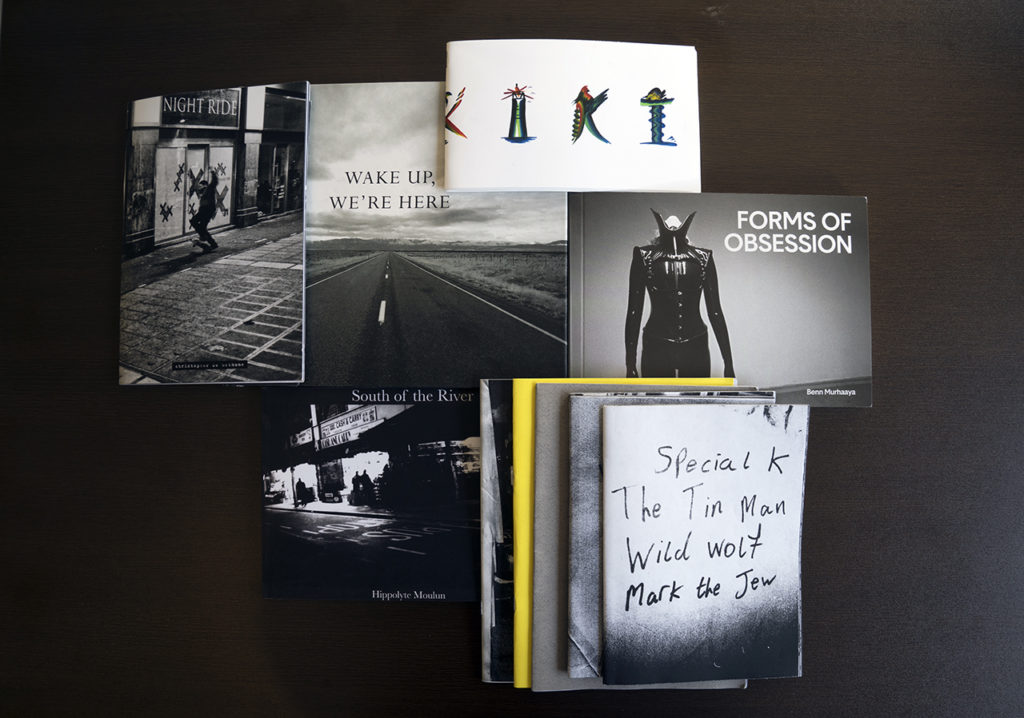
DEADLINE: FRI 25 Oct
All Blogposts by Mon 4 Nov (first day after H-Term)

